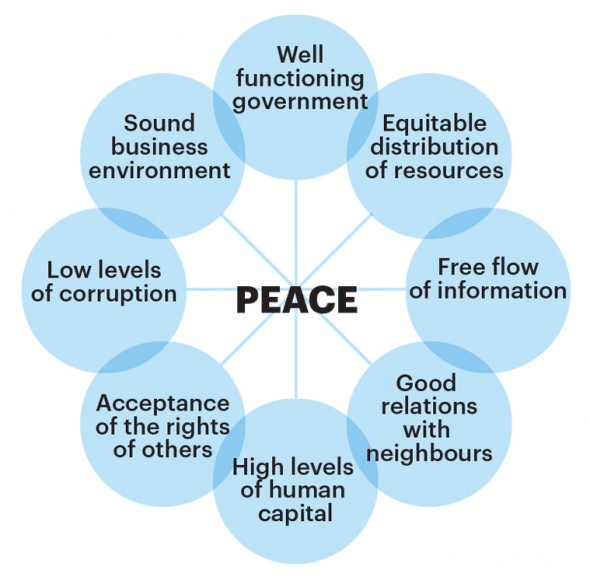


Some simple tiny habits you can do for a positive peace mindset are:

#JOHAN GALTUNG POSITIVE AND NEGATIVE PEACE PDF HOW TO#
Fogg explains that most of the time, you already know how to do the thing you are aiming for you just need to be able to make it an automatic thing that you can do habitually to sustain your change. BJ Fogg, explains that real, sustainable positive change must come from tiny, feasible habits that you can do everyday. Stanford University Behavioral Scientist, Dr. Rather, you should attempt to implement as many of these characteristics as possible, especially mindfulness, acceptance and resilience - which will be important in negative situations and shortcomings. It’s quite possible that when people try to adopt a positive mindset, they try implementing only one or a few of these characteristics exclusively, which can lead to an unsustainable mindset. Contrary to popular belief, you should not avoid negative thoughts - that would create a negative peace mindset, which will not lead to long term impact.Īccording to, some characteristics of a positive (peace) mindset are optimism, acceptance, resilience, gratitude, mindfulness and integrity. Now that we have a better understanding of positive peace, how can we make it a mindset? Since positive peace is the attempt to create peace through positive action, a mindset of such would include thinking thoughts and doing actions that will contribute to peace within yourself and through your interactions with others. How to Create and Sustain a Positive Peace Mindset Notice how the former method aims to proactively restructure for a sustainable positive outcome, while the latter is in response to conflict or negativity, and seeks to neutralize the situation, leading to a more temporary outcome. On the other hand, negative peace in this scenario would be trying to remove toxic people or values from that workplace in an attempt to make it more peaceful. While the concept of negative peace is still an attempt to achieve peace, it can often be more difficult to achieve peace in this way, rather than by having actions, interactions, societies and institutions that promote and advocate for peace.Īn example of positive peace would be aiming to create a more inclusive and supportive workplace through education and value restructuring, which in turn results in a more peaceful workplace. According to Norweigan sociologist, Johan Galtung, Negative Peace is the attempt to create peace through an absence of violence. A simpler way to understand this concept is by discussing its opposite: Negative Peace. Positive Peace is essentially the creation of peace through positive actions and interactions. In this post, we’ll discuss what it means to have a positive peace mindset, how you can get there, and how this mentality will benefit you, and those around you in the long run. What is positivity? How does one simply “think positive”? And, why is it easier said than done? For the same amount of time, we have been trying to figure out what that means. For decades, self-help resources have been telling us to adapt a positive mindset, to look on the bright side and filter out the negative.


 0 kommentar(er)
0 kommentar(er)
